Back to Courses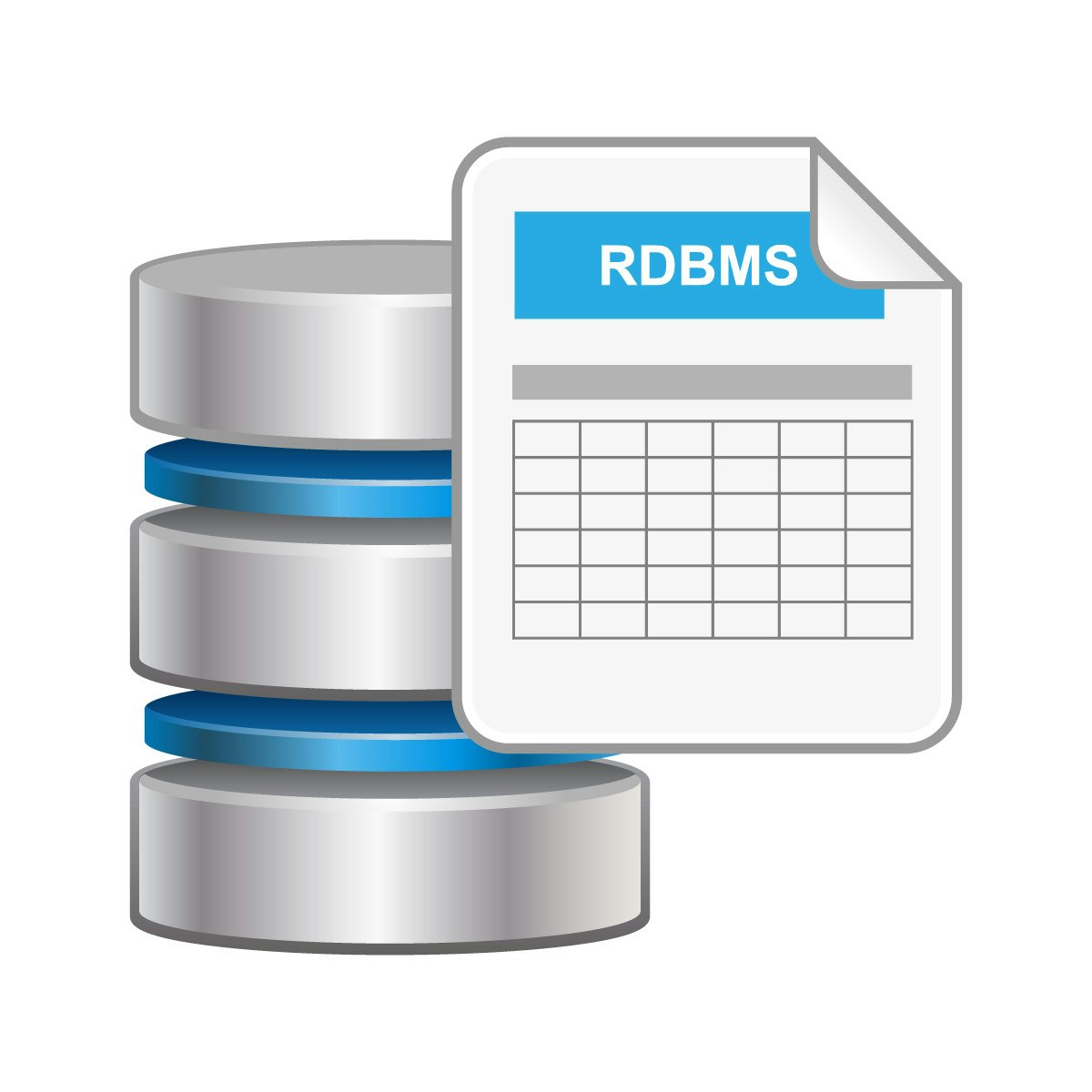
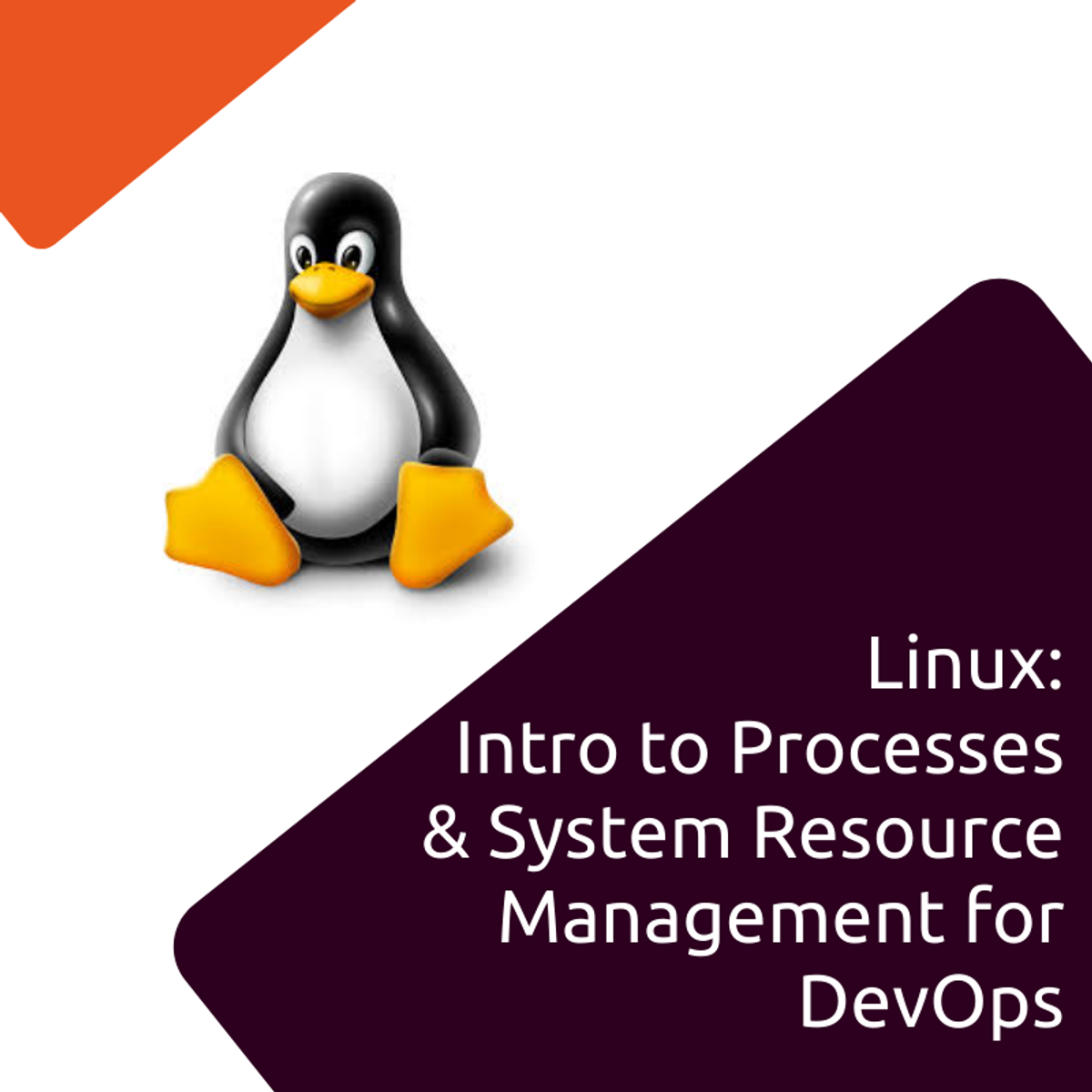
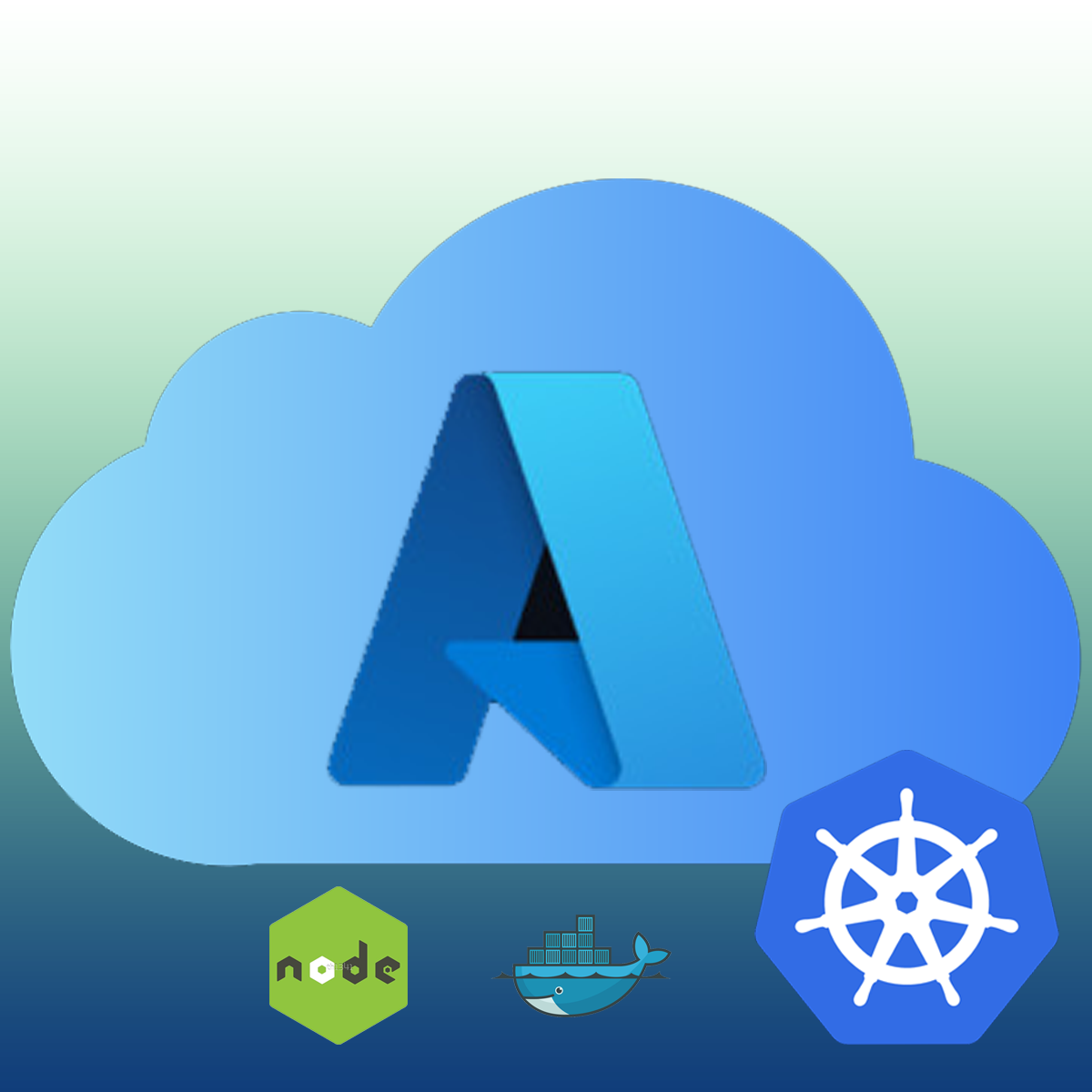
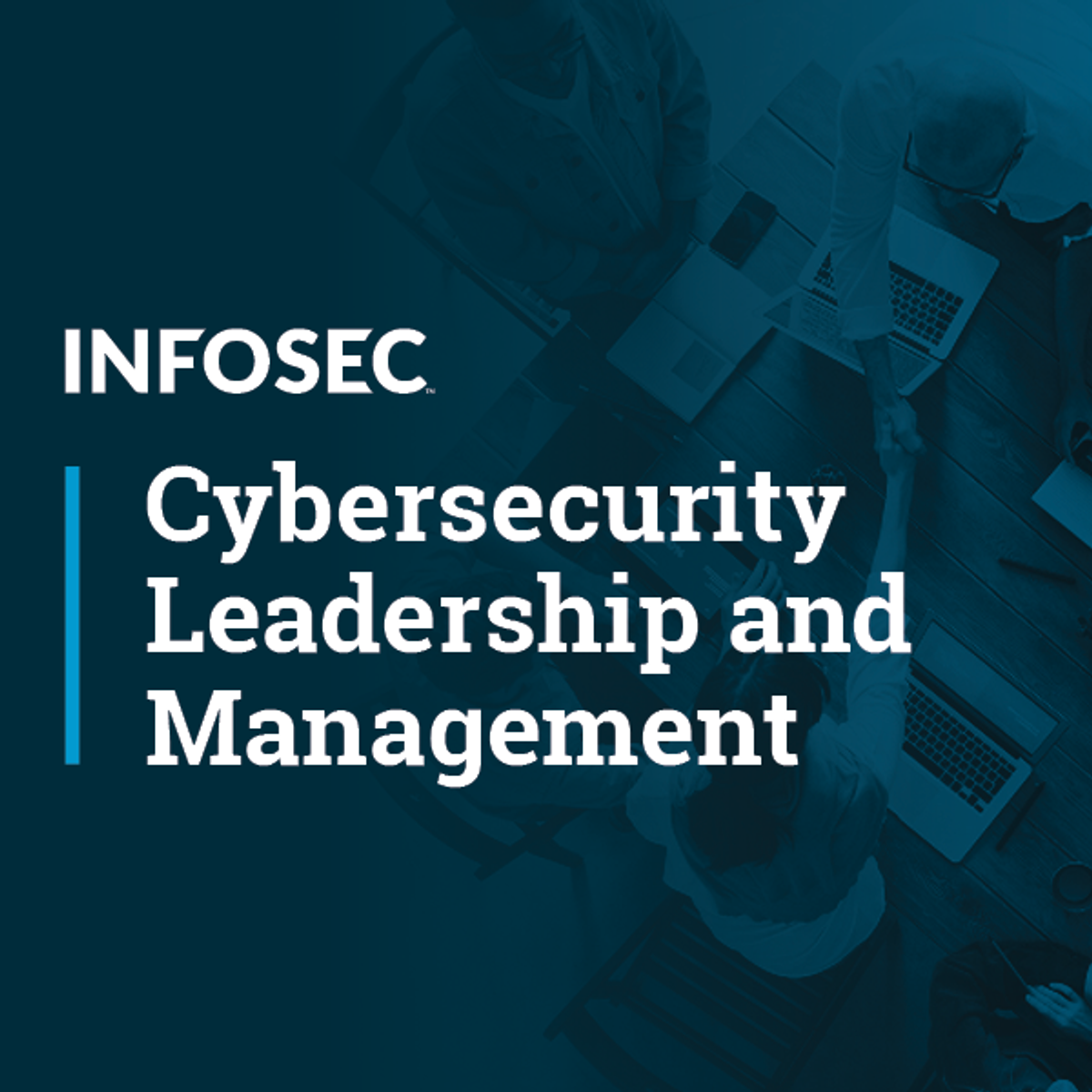


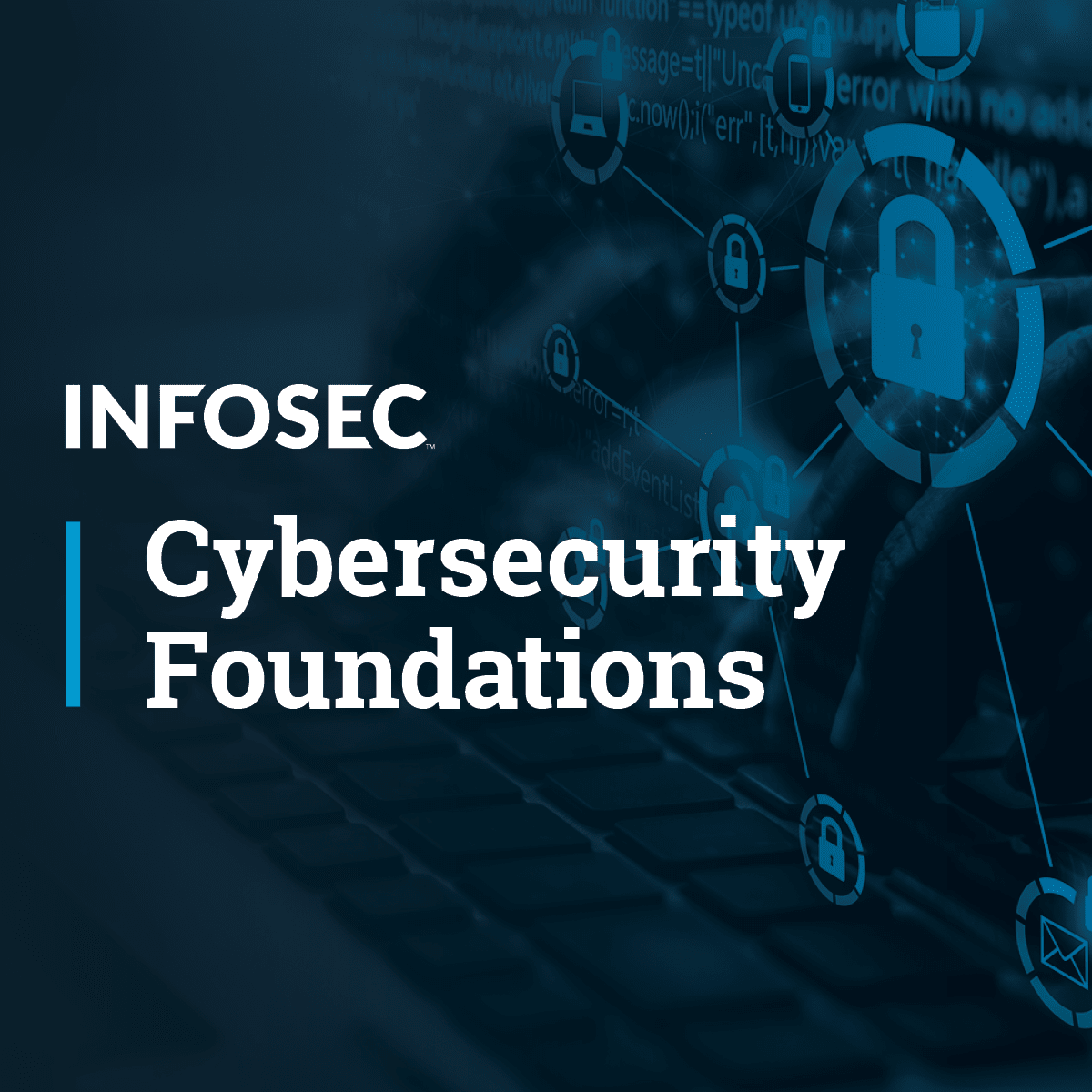

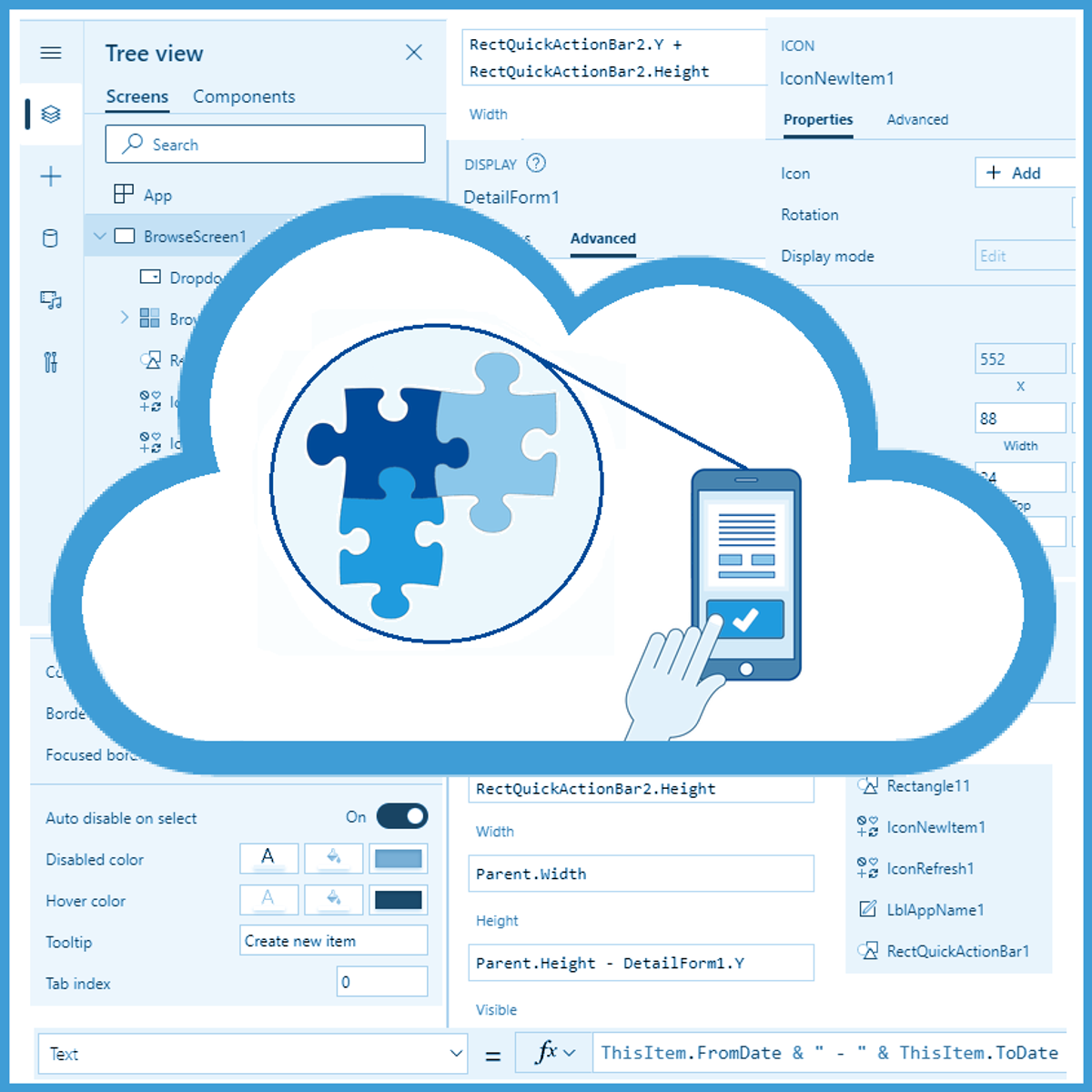

Information Technology Courses - Page 71
Showing results 701-710 of 1471

Introduction to Relational Databases (RDBMS)
Are you ready to dive into the world of data engineering? You’ll need a solid understanding of how data is stored, processed, and accessed. You’ll need to identify the different types of database that are appropriate for the kind of data you are working with and what processing the data requires.
In this course, you will learn the essential concepts behind relational databases and Relational Database Management Systems (RDBMS). You’ll study relational data models and discover how they are created and what benefits they bring, and how you can apply them to your own data. You’ll be introduced to several industry standard relational databases, including IBM DB2, MySQL, and PostgreSQL.
This course incorporates hands-on, practical exercises to help you demonstrate your learning. You will work with real databases and explore real-world datasets. You will create database instances and populate them with tables.
No prior knowledge of databases or programming is required.
Anyone can audit this course at no-charge. If you choose to take this course and earn the Coursera course certificate, you can also earn an IBM digital badge upon successful completion of the course.

Linux: Processes & System Resource Management for DevOps
In this 1-hour long project-based course on Linux: Intro to process and system resource management for DevOps, you will be working entirely on the command line and using powerful Linux commands such as ps -ef, top, and pstree to learn how process and system resources work and are managed in Linux. You will be starting, stopping, searching and viewing running processes and seeing how they are all linked together in the process hierarchy. You will no longer be mystified by what these commands and options are doing, and you will be able to effectively start administering server processes.
This course is designed for any person working or who intends to work with Linux, from Linux system administrators to developers and DevOps practitioners. Or even if you are a student who is curious to get comfortable with Linux this course is for you also.
This is an intermediate level course and is designed for an individual who has a beginner's knowledge of the Linux/Unix command line and Unix crud practices in computer science.
Note: This course works best for learners who are based in the North America region. We’re currently working on providing the same experience in other regions.

Deploy a Web Application in Azure Kubernetes Service
In this one-hour project, you will learn how to use Microsoft Azure Cloud Platform and its Kubernetes Service to deploy a Web Application in a high availability environment, using the power of containers and Kubernetes in a real-world use case.
Once you're done with this project, you will be able to clone a project, create a docker container image and deploy this container like a Kubernetes POD using the Azure Kubernetes Services with just a few steps.

Leadership
This course is an introduction and an overview to the basic principles of cybersecurity leadership and management. It explores and dissects the correlation between security, trust and stability (STS) and the Confidentiality, Integrity and Availability CIA Triad, while integrating information security governance (ISG) and the McKinsey 7S Change Model as guidance for cybersecurity leadership and management.

Introduction to Cloud Dataproc: Hadoop and Spark on Google Cloud
This is a self-paced lab that takes place in the Google Cloud console.
In this lab, you will learn how to start a managed Spark/Hadoop cluster using Dataproc, submit a sample Spark job, and shut down your cluster using the Google Cloud Console.

Data Engineering Capstone Project
In this course you will apply a variety of data engineering skills and techniques you have learned as part of the previous courses in the IBM Data Engineering Professional Certificate. You will assume the role of a Junior Data Engineer who has recently joined the organization and be presented with a real-world use case that requires a data engineering solution.

Cybersecurity Policy Foundations
In this course, the learner will get a good look at what policies and frameworks do to keep the cybersecurity industry on-mission and formal. Without this area of cybersecurity, cybersecurity would mean too many people doing too many different things that might not even improve security. Learn how you can have a successful career in cybersecurity without ever touching a command line!

Deploy Your Website on Cloud Run
This is a self-paced lab that takes place in the Google Cloud console. In this lab you will deploy a website to Google Kubernetes Engine, scale it out to more instances, then deploy a new version using rolling updates.

Create Power App for Adding Records to SharePoint List
Most companies have business processes which could be significantly improved by wrapping them in an application and thus making the process unified. So, imagine that we are an employee working with customers and offering them cars for rental or giving them information about each car, from cars’ specifications to the time periods when a car is available for rent. All that can be very complicated and time consuming, no one knows all that information by heart, and we would perhaps need to chase our manager to find out the information customer asked for or search the papers for it. That's why we will use SharePoint and Power Apps to create an application which will give us all that information in just a few seconds.
First, we will create a SharePoint site and set up lists which will be data sources, and then we will learn how to create and set up a Power Apps application to suit our needs. By the end of this project, you will have used SharePoint to create a Site and lists, and used Microsoft Power Apps to create and set up the application which will give us the possibility to read, add and edit data from a SharePoint list.

Configuring Network Connectivity Center as a Transit Hub
This is a self-paced lab that takes place in the Google Cloud console.
Configuring Network Connectivity Center as a Transit hub to interconnect two non-Google networks such as remote branch offices using Google’s backbone network.
Popular Internships and Jobs by Categories
Browse
© 2024 BoostGrad | All rights reserved


